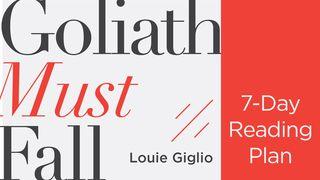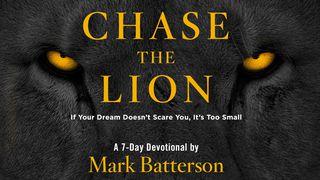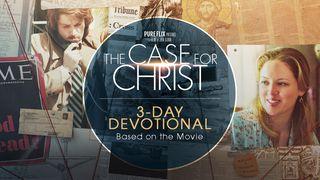More Than a CarpenterSample

Haven’t I Heard This Before?
“Nothing in Christianity is original” is one of the most commonly used lines of many critics today. In the recent past, many scholars believed that the central claims of Christianity were plagiarized from Greco-Roman mystery religions. Jesus was considered another “dying and rising” god in the tradition of Osiris, Mithras, Adonis, and Dionysus. While this theory has experienced a surprising resurgence on the Internet and in popular books, it faces near universal rejection by contemporary scholars. Here’s why.
While parallels between Jesus and the mystery religions may appear striking on the surface, they collapse under scrutiny. Osiris, for instance, is considered by many to be a dying and rising god from ancient Egypt. According to the myth, Osiris was killed by Seth and resuscitated by Isis. But rather than returning to the world in a resurrected body, Osiris became king of the underworld—hardly a parallel to the historical resurrection of Jesus. This is why Paul Rhodes Eddy and Greg Boyd, authors of The Jesus Legend, conclude that “the differences between Christianity and the mystery religions are far more profound than any similarities. While there certainly are parallel terms used in early Christianity and the mystery religions, there is little evidence for parallel concepts.”*1
Unlike the historical Jesus, there is no evidence for the reliability of any of the alleged parallel stories in the mystery religions. Jesus of Nazareth ate, slept, performed miracles, died, and returned to life. These accounts are supported by a reliable historical record. In contrast, the dying and rising gods of the mystery religions were timeless myths repeated annually with the changing seasons.
The most recent scholarly treatise on dying and rising gods was written by T. N. D. Mettinger, professor at Lund University. In The Riddle of Resurrection, Mettinger grants the existence of the myths of dying and rising gods in the ancient world, which, he admits, is a minority view. Yet his conclusion puts the nail in the coffin of the copycat theory:
"There is, as far as I am aware, no prima facie evidence that the death and resurrection of Jesus is a mythological construct, drawing on the myths and rites of the dying and rising gods of the surrounding world. While studied with profit against the background of Jewish resurrection belief, the faith in the death and resurrection of Jesus retains its unique character in the history of religions. The riddle remains."*2
1. Paul Rhodes Eddy and Gregory A. Boyd, The Jesus Legend (Grand Rapids, MI: Baker Books, 2007), 142.
2. T. N. D. Mettinger, The Riddle of Resurrection: “Dying and Rising Gods” in the Ancient Near East (Stockholm: Almqvist and Wiksell, 2001), 221.
Scripture
About this Plan

Is Jesus really the Lord he claimed to be? In this thought-provoking two-week devotional, featuring insights from the modern classic More Than a Carpenter, you’ll read key arguments for faith from a skeptic turned believer. Josh McDowell set out to disprove the claims of Jesus Christ. But the evidence he found suggested exactly the opposite. So weigh the facts. Experience God’s love. And then watch what happens.
More
Related plans

Case For Christ Reading Plan

Billy Graham's the Reason for My Hope

C.S. Lewis And The Call To Create

Goliath Must Fall: Winning The Battle Against Your Giants

Chase The Lion

7 Hebrew Words Every Christian Should Know

The Case For Christ

Easter Artifacts

Whisper: How To Hear The Voice Of God By Mark Batterson
